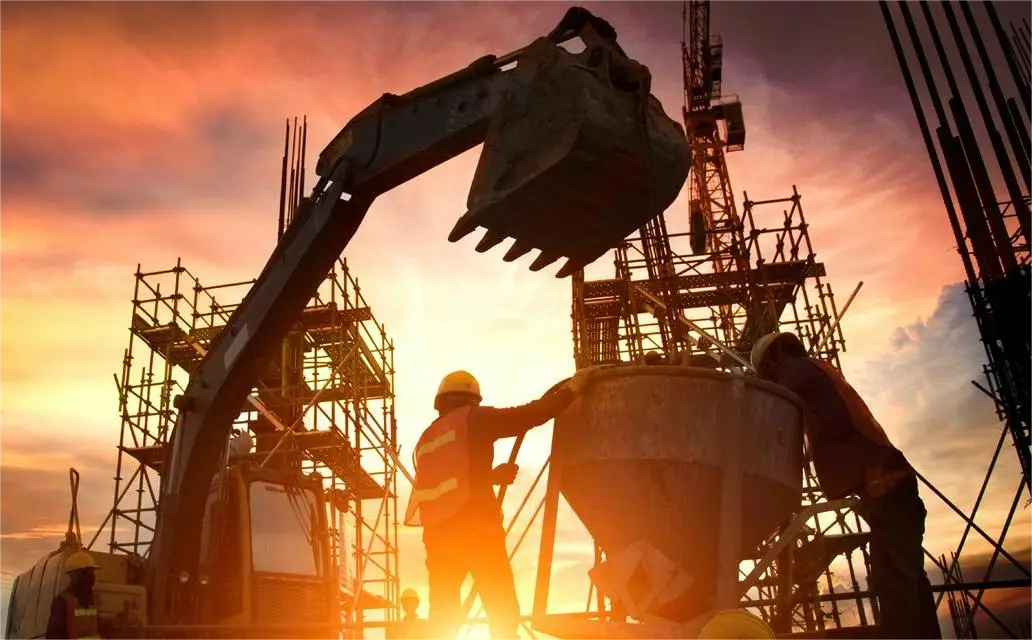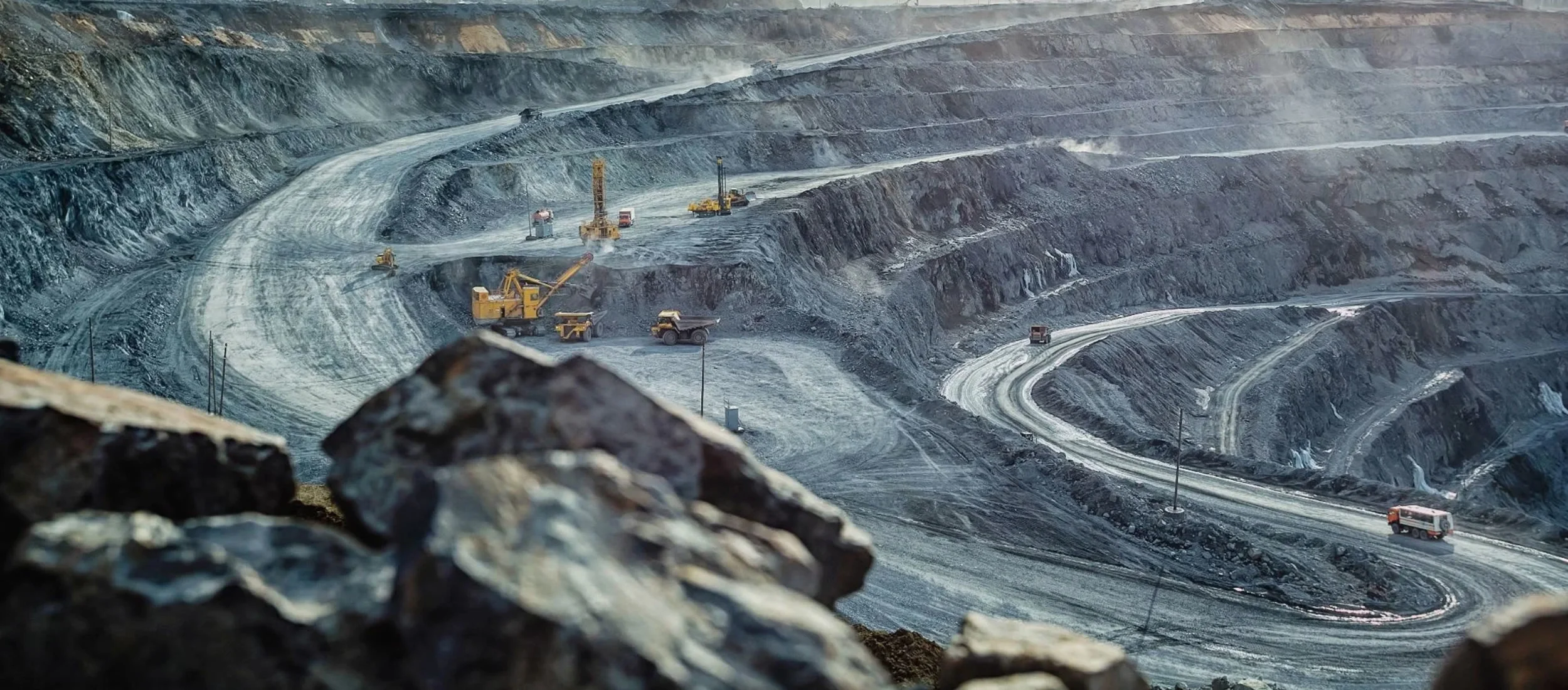Canadian inflation and the construction industry

Inflation is a real threat to Canada’s construction industry. Here’s how we can fix it. If contractors, owners and procurement agencies work together, we can manage soaring inflation.
"Transitory"
“Transitory” – that was how many economists and policymakers described this period of inflation a year ago, when prices for food, fuel and just about everything else began to rise.
They predicted that the sharp increase in costs was just a by-product of temporary supply-chain disruptions or the global economy rebounding from the worst of the COVID-19 pandemic. Yet here we are in 2022, and inflation shows no sign of ending its steep upward trajectory.
Although some economists and academics might debate this, inflation is clearly not transitory. At least for the foreseeable future, it’s here to stay.
Resilient Construction for the Future
In fact, Canada’s inflation rate recently hit a 30-year high of 4.8%.
David McKay, CEO of Royal Bank of Canada, warned that the central bank must take “rapid action” to increase interest rates and curtail out-of-control inflation. Rising inflation puts pressure on households and businesses – we’re all experiencing that firsthand. What you might not know, however, is that inflation is uniquely challenging for Canada’s construction industry – an industry that provides more than 1.5 million jobs and generates 7.5% of the country’s economic activity.
Even prior to today’s rapid inflation, Canada’s construction industry had seen labour and material costs soar since the earliest days of the pandemic in 2020. To be sure, contractors have always priced inflation into our job estimates. But that was a relatively predictable task when inflation rates were low and consistent.
Today, inflation is not just high and persistent – it’s also volatile and driven by a host of factors over which contractors have little influence.
As someone who’s worked in this industry for more than 30 years, I know there is a better way to manage inflation to deliver value for our clients. But we’ll need some fresh thinking – and openness to change – from contractors, owners and procurement agencies alike.
The first step in addressing the problem, of course, is acknowledging that there is one. The construction industry needs to accept that inflation is not going away.
According to spot prices and commodity markets, the cost of steel, rebar, glass, mechanical and electrical components will all increase by nearly 10% in 2022. Prices for asphalt, concrete and brick will rise less dramatically but still above trend. (Alone among major materials, lumber prices are set to decline by more than 25%, but that follows a nearly 60% increase in 2021.) Labour shortages across the country, especially in major markets, are driving up costs and the risk of project delays and cancellations. And this is all happening while demand is being fuelled by low interest rates, strong infrastructure spending and a pick-up in construction activity compared to 2020.
Add the supply constraints in materials and labour to the surge in demand for new construction, and it’s not hard to see a landscape in which inflation persists much longer than any of us would like.
An even bigger problem for builders is inflation’s unpredictability. The challenge is both inflation volatility in the aggregate and the sheer number of issues that drive cost variability. Perhaps more than other sectors, construction is heavily reliant on global supply chains – for everything from refined steel from China and lumber from British Columbia to semiconductors from South East Asia, which are vital components in modern buildings. The COVID-19 pandemic has weakened those supply chains, but factors beyond the pandemic are driving volatility too.
Social unrest, issues securing silica, floods, fires – everything that’s happening in the world today – have real and potential impacts on construction costs.
Highly Volatile Marketplace
Take the floods in B.C when we couldn’t get materials to projects in Alberta. Put all those things together with the pandemic and you end up with a highly volatile marketplace.
The costs of not managing that volatility could undermine the effectiveness of our entire industry. Many construction firms are hungry to regain business lost during the shutdowns of 2020, and there’s certainly work to be had, given strong demand from both the public and private sectors. But some firms won’t have the labour or the materials to manage it effectively, and they will probably have priced it wrong because of inflation. Then they will end up with budgets they can’t meet, labour they can’t find, and projects they can’t finish. If that happens, we expect many losses within the construction industry and, specifically, more subcontractor defaults. Smart contractors will be able to manage, but there will be lots of disruptions for those that can’t.
Obviously, this is a bad scenario for builders. But it also jeopardizes owners, who would face substantial cost overruns and project delays.
What’s the solution? It begins with all parties in a construction project – contractors, owners and procurement agencies – taking a more realistic look at inflation and coming to terms that equitably allocate the risk of rising prices. The pandemic has affected all of us, and contractors want to work with our partners to mitigate risk for everyone involved. But we need to better understand the inflation risks, identify them, and then create plans that manage them without putting undue pressure on one party.
One approach we favour is identifying high-risk inflationary elements in a project – steel, copper, aluminum, wood, or whichever are among the most price-volatile – and then developing a price index for this group of materials based on historical spot market prices.
As the project evolves, the partners track price fluctuations against the index. If the index goes up, the project price goes up, and if the index goes down, the price goes down. The approach would allow the project team to focus on other risk mitigation opportunities, such as analyzing trends and identifying the best times in the project life cycle to acquire materials. Another solution is finding alternative materials that are locally sourced or more readily available. With this strategy, we’re aligned to procure the right materials at the best moment to ensure the project is successful.
I’ll be the first to admit that such a collaborative approach to inflation is not the norm in the construction industry today.
Many owners and procurement agencies continue to demand guaranteed prices. We recently declined to provide a fixed price on a project with a seven-year construction schedule due to commercial terms requiring the contractor to take risk we simply were unable to effectively manage.
Yet there are signs of progress. Among them, PCL has recently supported several solar installation projects that include a price indexing strategy (solar panel material prices are notoriously volatile), and we are leading a movement to encourage a partnership approach with owners, procurement agencies and other contractors about how to better manage inflation risk. In the end, it’s a very rational way to manage unpredictability.
Connect with PCL Constructors online here to view their work, build with them and more.
Your email address will not be announced. The required field marking is*


